In the vast expanse of outer space, humanity has embarked on some of the most audacious and expensive endeavors in history. From pioneering missions to the Moon to ambitious explorations of distant planets and beyond, space agencies around the world have invested billions of dollars in projects that push the boundaries of scientific discovery and technological innovation. From the iconic Apollo Moon Landings to the cutting-edge James Webb Space Telescope, these missions have not only expanded our knowledge of the universe but also inspired generations with their awe-inspiring achievements and groundbreaking discoveries.
International Space Station (ISS)
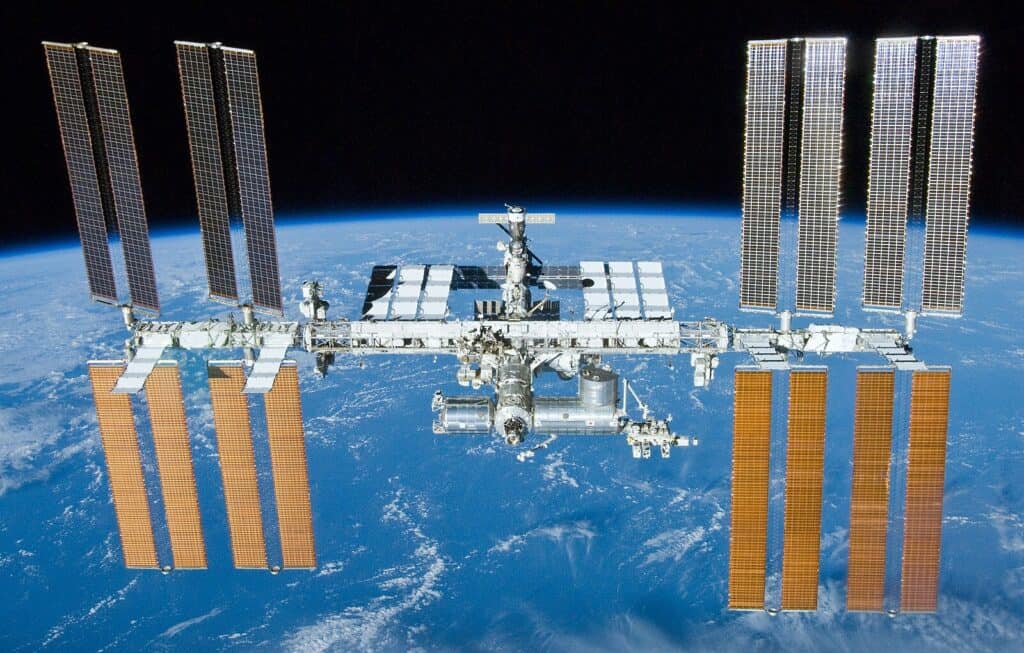
Price: $150 billion
Organization: NASA, Roscosmos, JAXA, ESA, CSA
Duration: 1998 to present
The International Space Station is one of the most expensive space projects in history, with an estimated cost exceeding $150 billion. This collaborative effort involving multiple space agencies, including NASA, Roscosmos, ESA, JAXA, and CSA, required extensive planning, research, and construction over several decades. The goal of the ISS is to serve as a microgravity laboratory for scientific research and international cooperation in space exploration. The ISS has been continuously inhabited since 2000, hosting numerous experiments in various fields such as biology, physics, astronomy, and materials science.
Space Shuttle Program
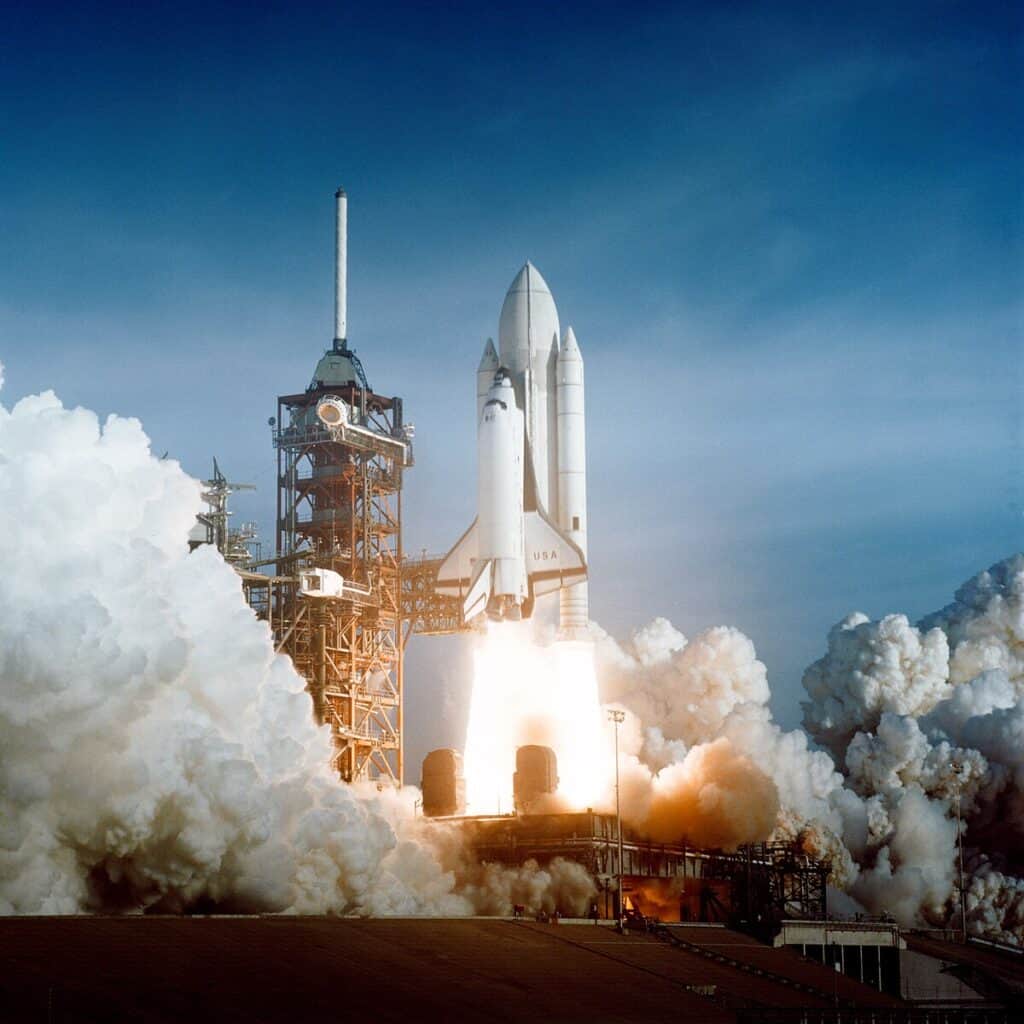
The Space Shuttle Program, operated by NASA from 1981 to 2011, was one of the most ambitious and expensive space endeavors in history, with a total cost of over $196 billion. The program involved the development, construction, and operation of reusable space shuttles, including Columbia, Challenger, Discovery, Atlantis, and Endeavour. The shuttles were used for a wide range of missions, including satellite deployment, space station assembly, and scientific research. Despite its achievements, the Space Shuttle Program was costly to maintain and eventually retired due to budgetary constraints and safety concerns following the tragic loss of Challenger and Columbia.
Price: $196 billion
Organization: NASA, Air Force
Duration: 1972 to 2011
James Webb Space Telescope (JWST)
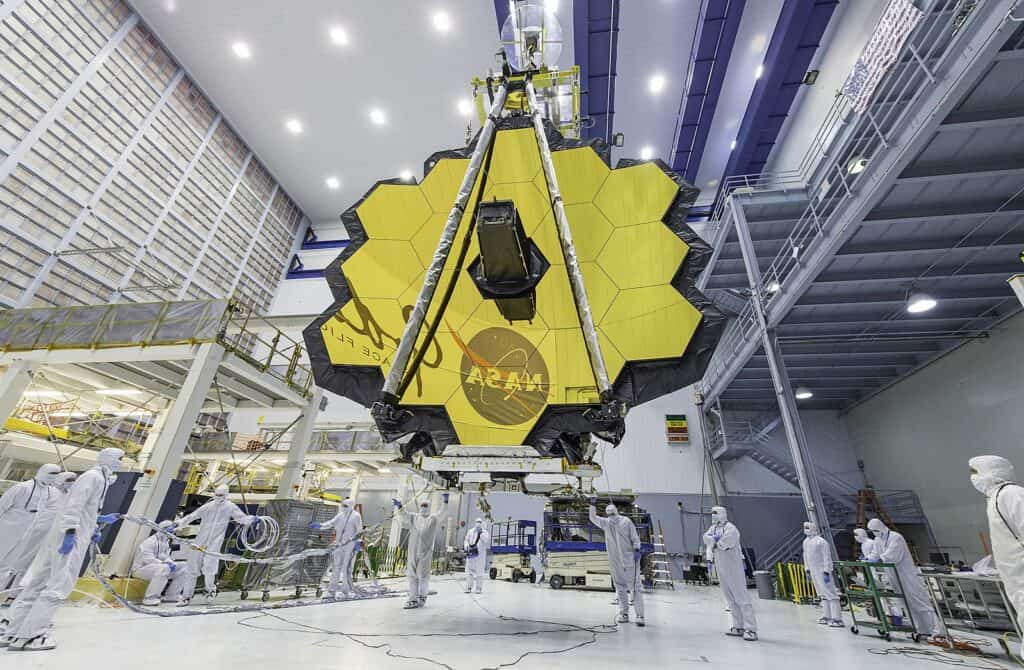
The James Webb Space Telescope is one of the most ambitious and expensive space observatories ever built, with an estimated cost of over $10 billion. Developed by NASA in collaboration with ESA and CSA, the JWST aims to be the premier observatory of the next decade, studying the universe’s first galaxies, stars, and planets. The telescope features advanced technology, including a large segmented primary mirror, infrared detectors, and a sunshield to protect it from solar radiation. Despite numerous delays and cost overruns, the JWST is expected to revolutionize our understanding of the cosmos upon its launch.
Mars Rover Missions (e.g., Curiosity, Perseverance)
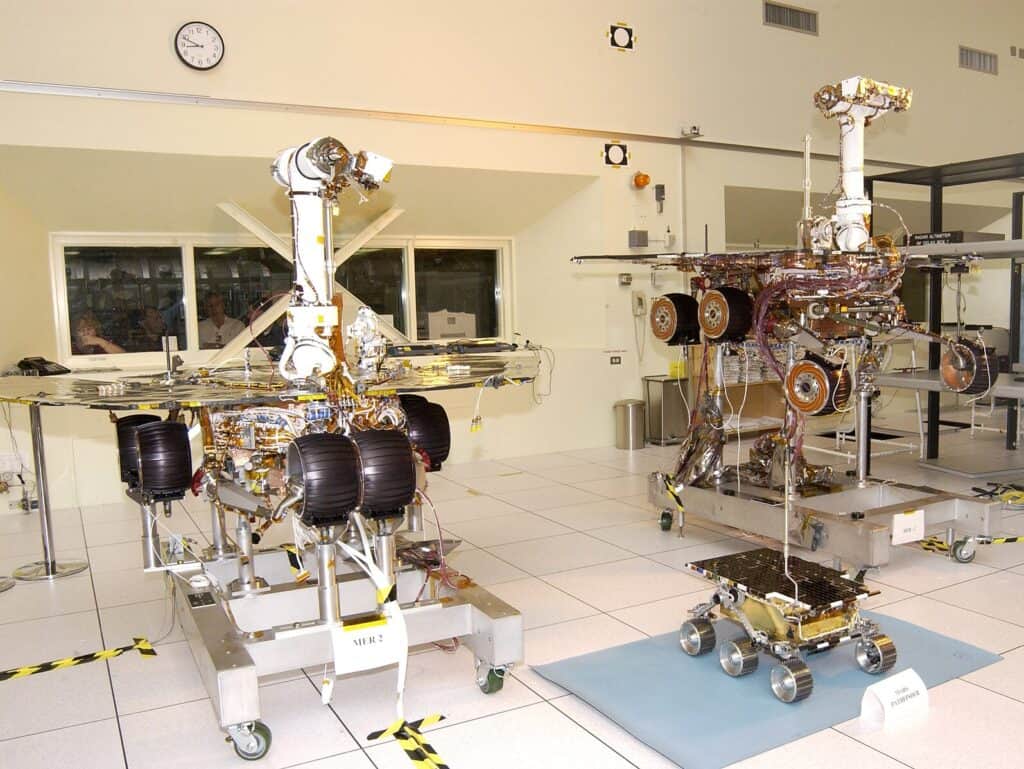
Mars rover missions, such as Curiosity and Perseverance, represent some of the most expensive and technologically advanced robotic explorations of the Red Planet. Each mission involves extensive planning, development, and testing of spacecraft, landers, and rovers, with costs exceeding $2 billion per mission. The primary goal of these missions is to search for signs of past life, study the Martian climate, geology, and potential habitability for future human exploration. These rovers carry sophisticated instruments, including cameras, spectrometers, and drills, to analyze the Martian surface and collect data.
Hubble Space Telescope (HST)
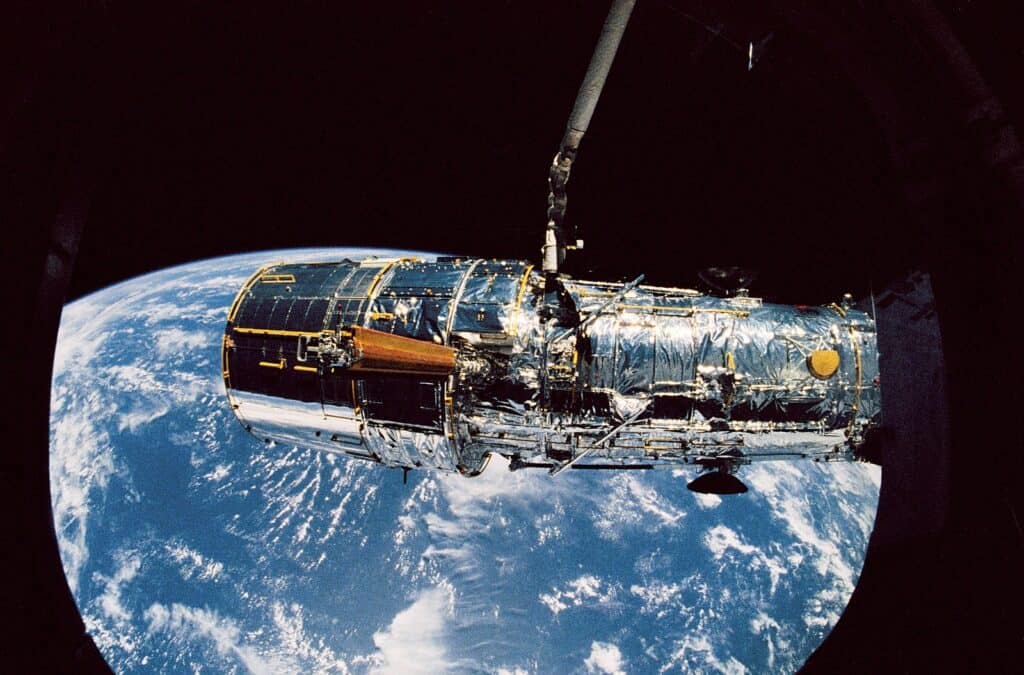
The Hubble Space Telescope is one of the most iconic and expensive space observatories ever launched, with a total cost of over $10 billion. Launched by NASA in 1990, the HST has revolutionized our understanding of the universe by capturing breathtaking images and conducting groundbreaking research in astronomy and cosmology. Despite initial setbacks, including a flawed mirror that required a repair mission, the HST has provided invaluable insights into the cosmos, including the age of the universe, the existence of dark energy, and the formation of galaxies and stars.
Cassini-Huygens Mission
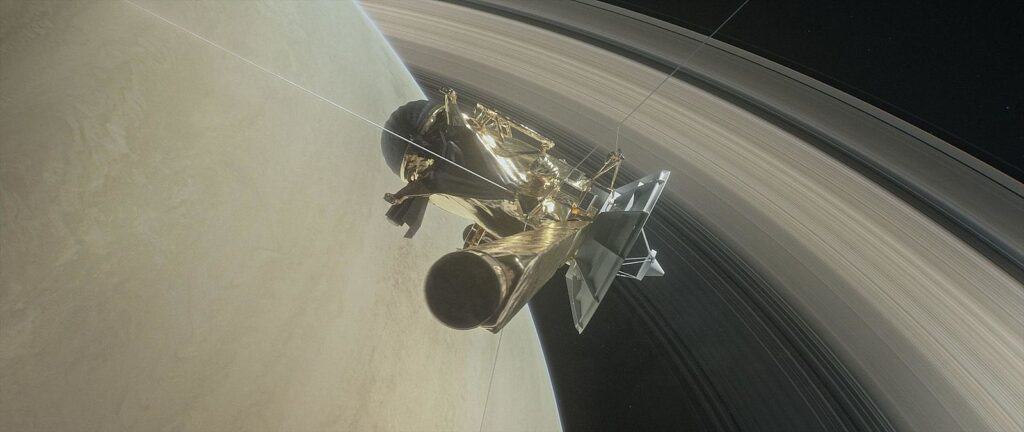
The Cassini-Huygens Mission, a collaboration between NASA, ESA, and ASI, was one of the most ambitious and expensive planetary exploration missions ever undertaken, with a total cost of over $3 billion. Launched in 1997, the mission aimed to study the planet Saturn and its moons, particularly Titan, with the Cassini spacecraft and Huygens probe, respectively. Over the course of its 20-year mission, Cassini provided unprecedented insights into Saturn’s atmosphere, rings, and moons, while Huygens made a historic landing on Titan, revealing its methane lakes and organic chemistry.
Apollo Moon Landings
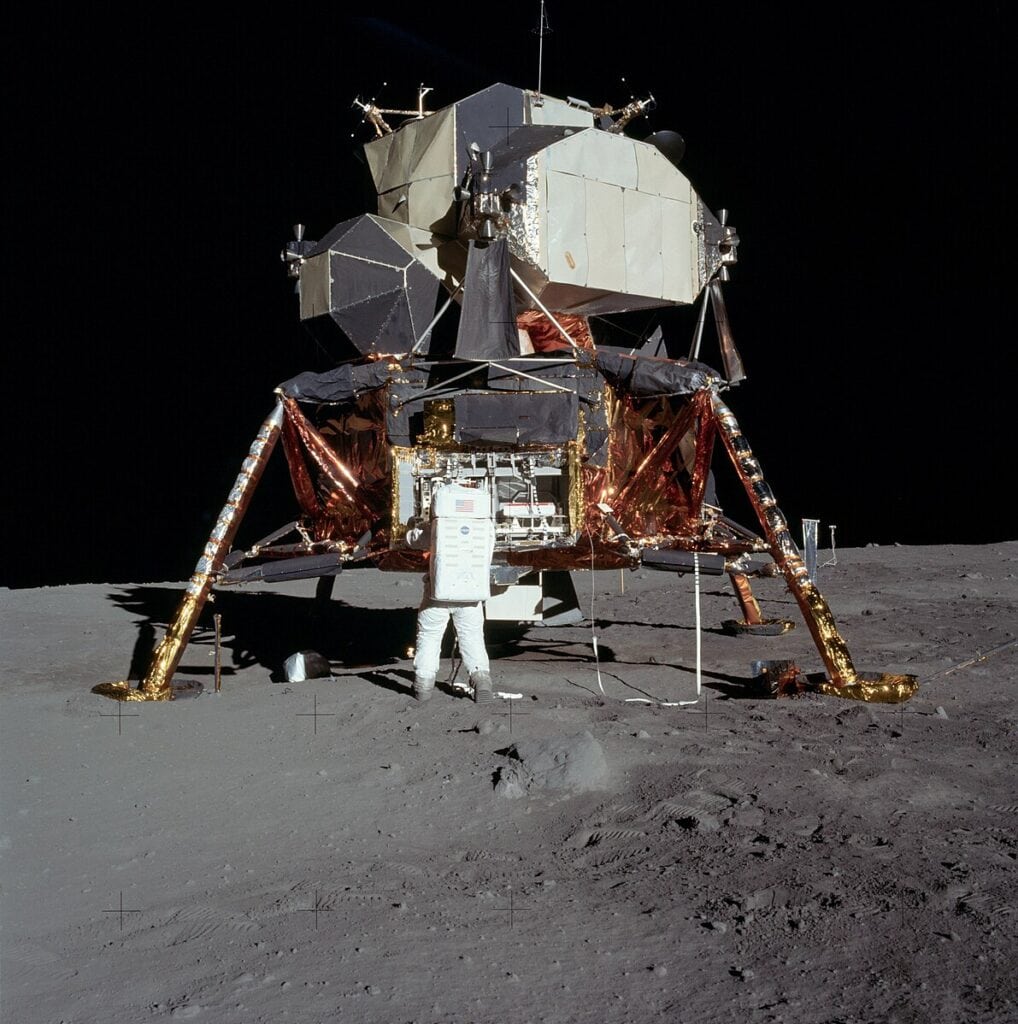
The Apollo Moon Landings, conducted by NASA in the 1960s and 1970s, represent one of the most expensive and historic achievements in space exploration, with a total cost of over $25 billion (adjusted for inflation). The Apollo program involved the development, testing, and operation of Saturn V rockets, Command and Service Modules, and Lunar Modules to transport astronauts to the Moon and back. The primary goal of the Apollo missions was to fulfill President John F. Kennedy’s vision of landing a man on the Moon and returning him safely to Earth, which was achieved with the historic Apollo 11 mission in 1969.
Voyager Missions
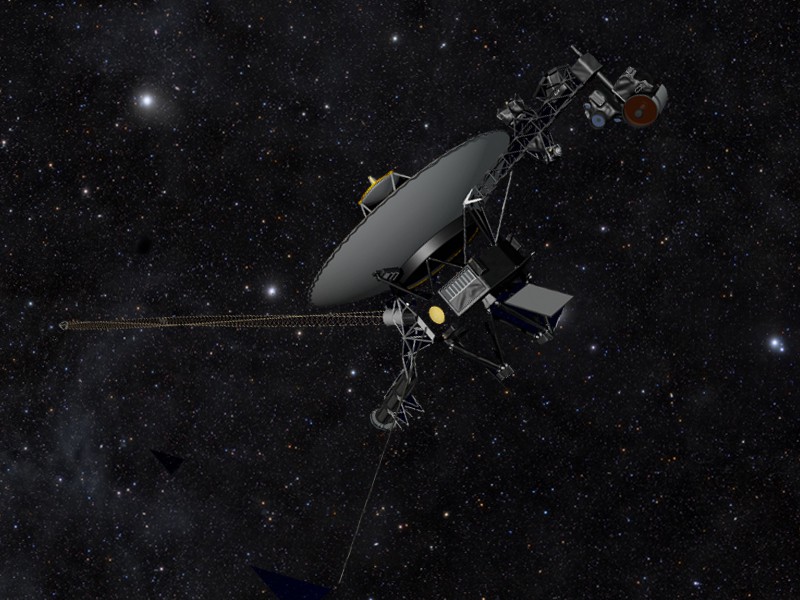
The Voyager Missions, launched by NASA in 1977, are among the most ambitious and far-reaching space exploration missions ever undertaken, with a combined cost of over $900 million (adjusted for inflation). The Voyager 1 and Voyager 2 spacecraft were designed to explore the outer planets of our solar system, including Jupiter, Saturn, Uranus, and Neptune, before continuing on to interstellar space. Equipped with scientific instruments and cameras, the Voyager spacecraft provided unprecedented insights into the gas giants and their moons, as well as the heliosphere and the boundaries of our solar system.
Mars Sample Return Mission (Planned)
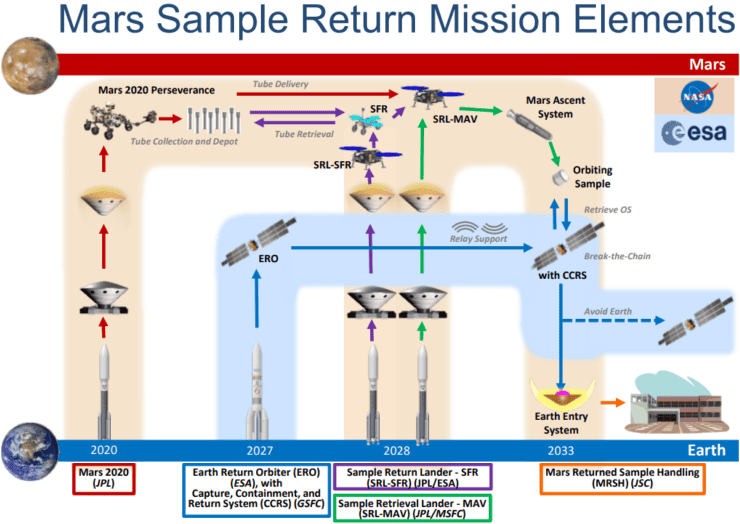
The Mars Sample Return Mission, a collaborative effort between NASA and ESA, is one of the most anticipated and expensive future space missions, with an estimated cost exceeding $7 billion. The mission aims to collect samples of Martian rock and soil and return them to Earth for detailed analysis, potentially providing insights into the planet’s geology, climate, and potential habitability. The mission involves multiple spacecraft and complex operations, including sample collection, transfer, and return to Earth, with the goal of launching in the late 2020s.
Chandra X-ray Observatory
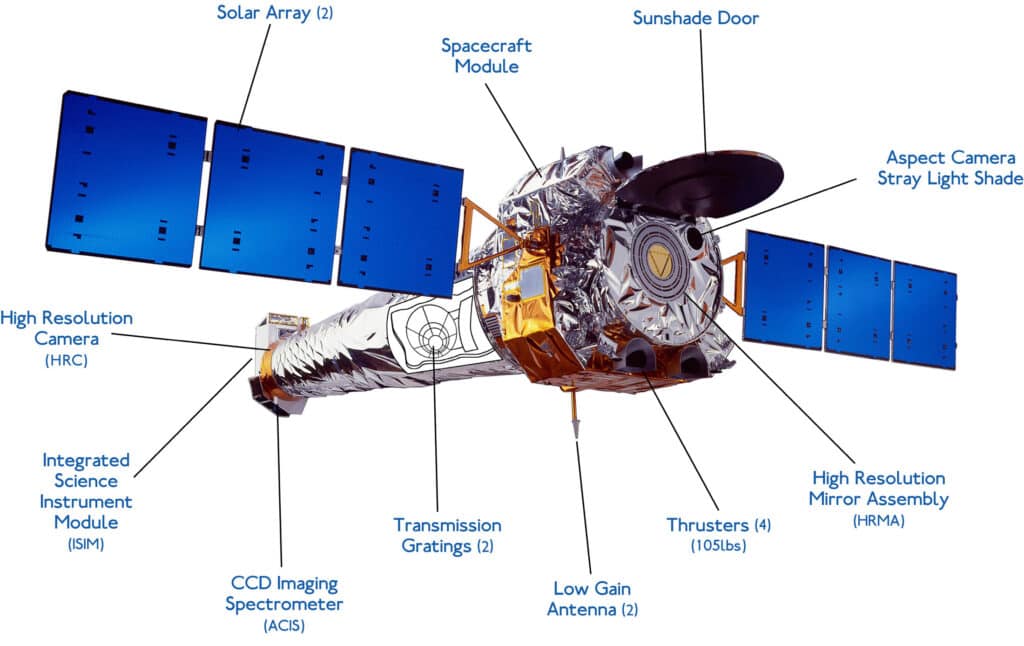
The Chandra X-ray Observatory, launched by NASA in 1999, is one of the most expensive space telescopes ever built, with a total cost of over $2 billion. The observatory is designed to study the universe in X-ray wavelengths, allowing astronomers to observe high-energy phenomena such as black holes, supernovae, and galaxy clusters. Equipped with state-of-the-art instruments, including high-resolution cameras and spectrographs, Chandra has provided groundbreaking insights into the nature of the cosmos, revealing the invisible universe hidden from optical telescopes.
Galileo Mission
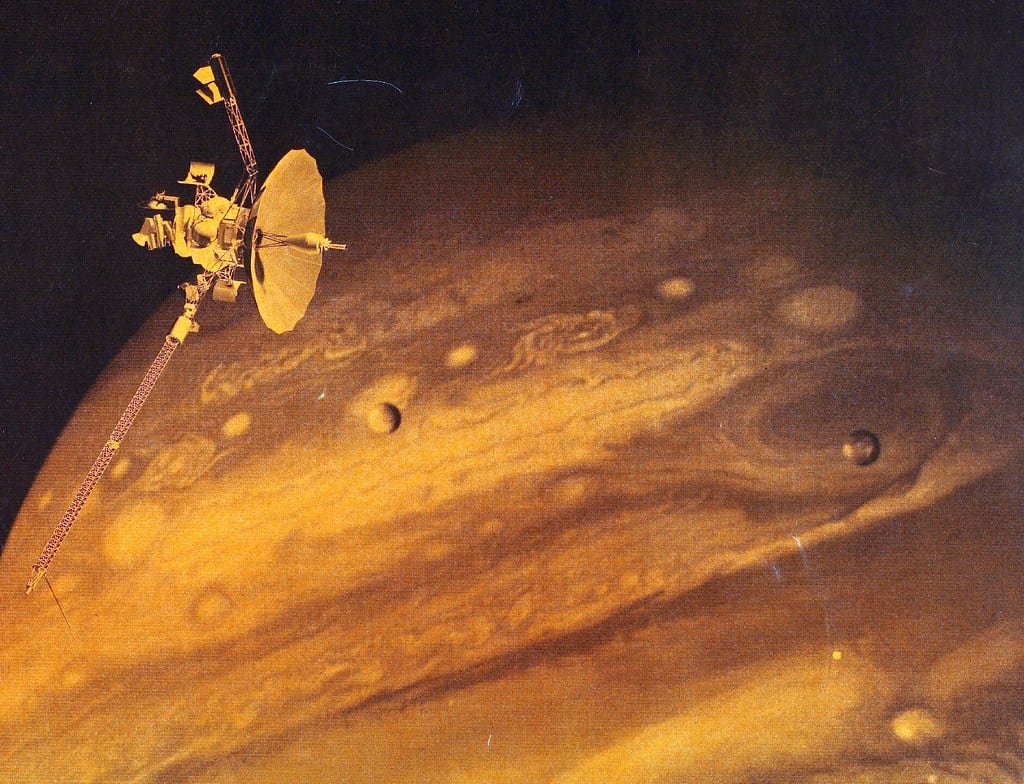
The Galileo Mission, launched by NASA in 1989, was one of the most ambitious and expensive planetary exploration missions ever undertaken, with a total cost of over $1.5 billion. The mission aimed to study the planet Jupiter and its moons, particularly Europa, Ganymede, and Callisto, with the Galileo spacecraft and atmospheric probe. Over the course of its eight-year mission, Galileo provided unprecedented insights into Jupiter’s atmosphere, magnetosphere, and moons, including evidence of subsurface oceans and potential habitats for life.
Mars Reconnaissance Orbiter (MRO)
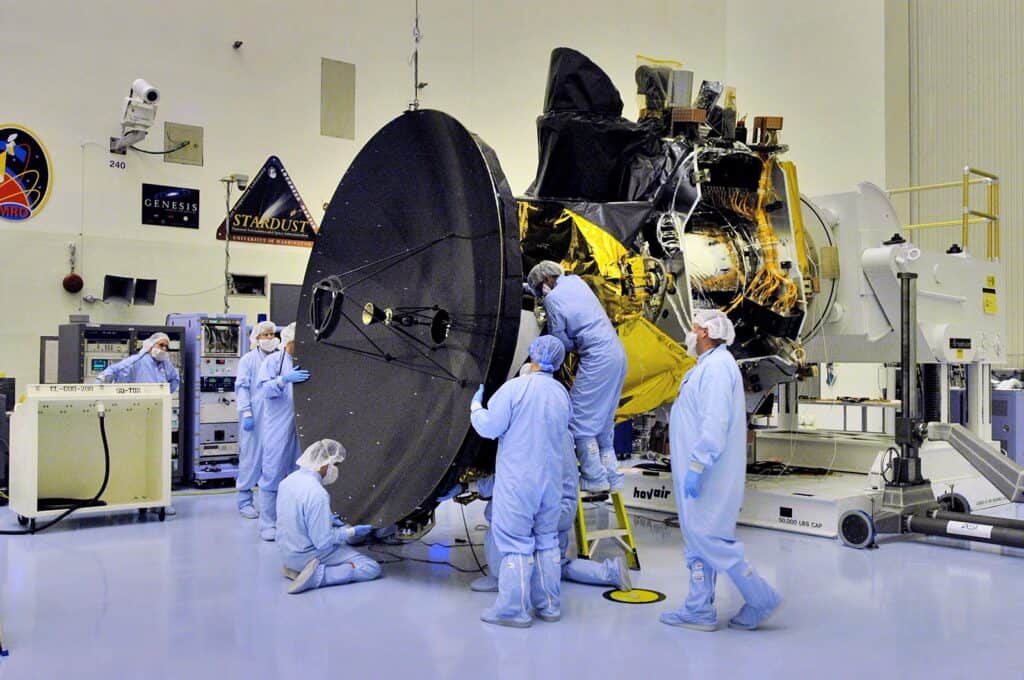
The Mars Reconnaissance Orbiter (MRO), launched by NASA in 2005, is one of the most advanced and expensive spacecraft ever sent to Mars, with a total cost of over $700 million. The MRO is equipped with a suite of scientific instruments, including cameras, spectrometers, and radar, to study the Martian surface, atmosphere, and climate. The spacecraft has provided high-resolution images and data that have revolutionized our understanding of Mars, including evidence of past water activity, potential landing sites for future missions, and ongoing geological processes.
This article originally appeared on Rarest.org.
